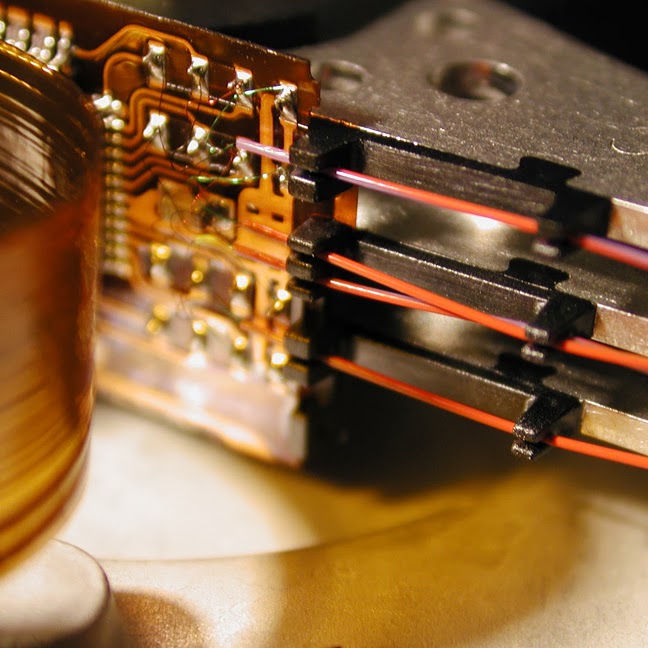- cross-posted to:
- technology@lemmy.zip
- cross-posted to:
- technology@lemmy.zip
These keyboards rely on magnets and springs and activate by sensing changes in the magnetic field. Popularized by Dutch keyboard startup Wooting, these switches rely on the Hall Effect and have actually been around since the 1960s.
You can change how far you need to press down to register the keystroke, as well as for the release point.
The one thing you can’t change, though, is the switch’s resistance. Despite all the talk of magnets, that’s still handled by the spring inside the switch, after all (for the moment, until the xyz is released).
But interestingly, this also means with temperature differences, you may also have to “calibrate” your keyboard. The price point for the Akko MOD007B PC Santorini keyboard at around US$110 to $150 is certainly not more expensive than many mechanical keyboards.
See https://techcrunch.com/2024/04/07/magnets-are-switching-up-the-keyboard-game/
#technology #keyboards
This probably has a use in gaming. Being able to run faster or slower depending on how deep or hard you press would be nice.
Anti Commercial AI thingy
It’s great for racing games where you have gradual steering but also quicker response times than with a controller
How about haptic feedback combined with spellcheck so it’s literally harder to typo.
Night, peellcheck is awesom (writen on my honor with spellchek enlaced, justo pickin the first suggesrion).
I feel like you could totally change the switch resistance with magnets. Electromagnetism goes both ways… apply a variable current to a coil in each key that repels it from or pulls it towards the base?
You could do that, but would there be any advantage over springs? That seems like a very expensive, over-engineered solution.
That sounds like an Apple product to me.
… isn’t that the point of mechanical keyboards?
Not sure how much resistance you’d get on a 5v rail over 104 magnets
I have one of these, and while the switch tech is certainly neat, I haven’t really come up with many good ways to use it.
Their implementation doesn’t seem to support changing resistance or being sensitive to multiple levels of pressure on the key, but one way I do use it is by changing the activation distance for certain keys that I tend to press by mistake when gaming, like caps lock, so that you really need to bottom out the key to activate it. This seems to help a bit but I suspect that if I wanted to get the most out of it, I would probably need to be a much more intense gamer.
Wow nice!! Yes my issue seems to be touching a key next to where I should be hitting. So if I could even increase travel to register, I’m wondering if that would at least make my typing a bit better. Of course, there is no easy cure for dyslexic typing ;-)
Sounds interesting. I’d imagine it would make it easier to seal off the electronics and have a drink-proof keyboard.
🤖 I’m a bot that provides automatic summaries for articles:
Click here to see the summary
Brands like Akko, Drop, Ducky, Epomaker and Keychron became household names and today’s enthusiasts can choose between dozens of different layouts and buy parts from even more vendors.
A few years ago, a gasket-mounted keyboard, which gives you a softer, bouncier typing feel, was something enthusiasts could only find on high-end boards, but now everybody essentially does the same.
On a standard mechanical keyboard switch, you physically close an electrical circuit to register a key press.
There is, however, a permanent magnet in the stem and as you press down, the sensor on the keyboard’s PCB precisely registers what position the switch is.
Priced at just under $150 (though you can usually get it for around $110 on Amazon), the gasket-mount MOD007B PC comes pre-built with Kailh’s linear Sakura Pink magnetic switches.
What matters most here, though, is that this board allows gamers and non-gamers alike to dip their feet into the magnetic switch market without a major upcharge.
Saved 89% of original text.
Bot, why would you summarise something that I already summarised as a human?








